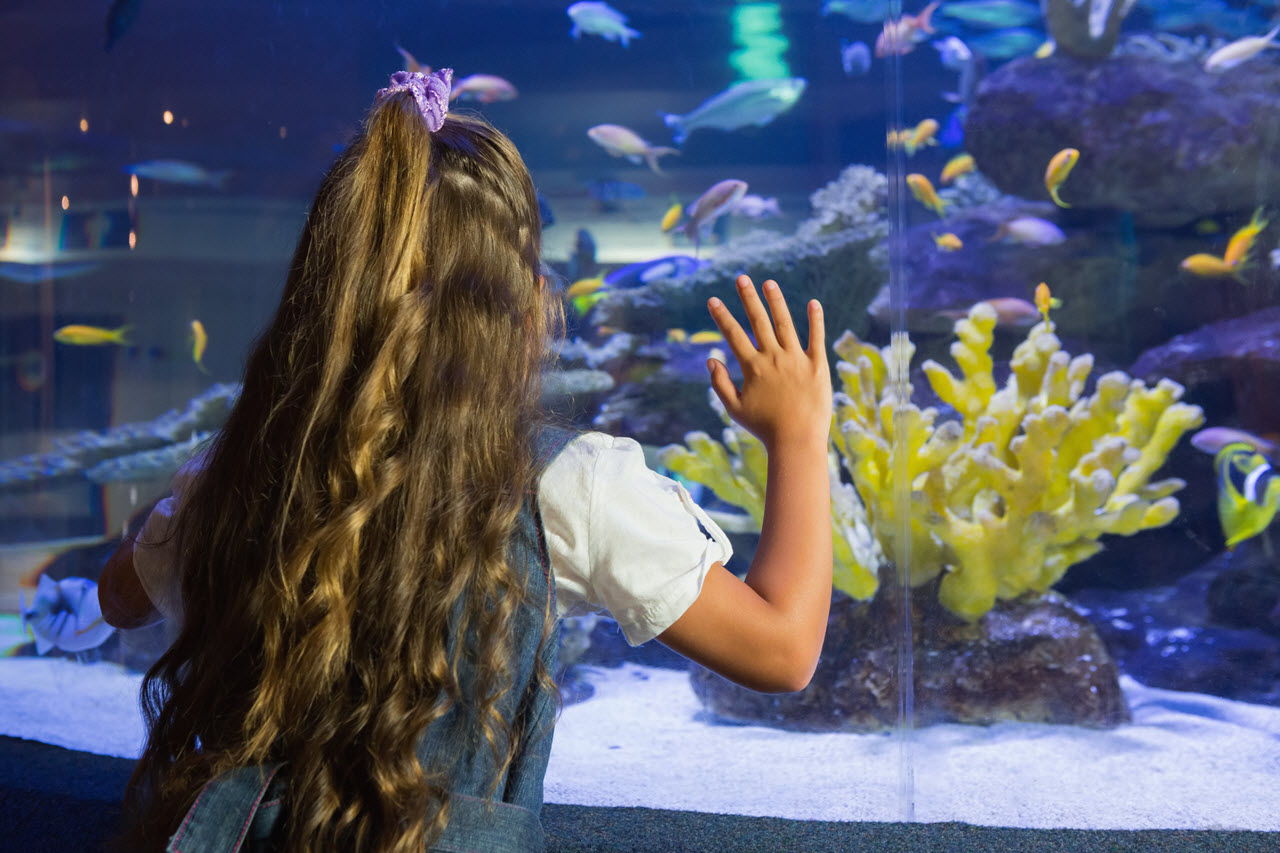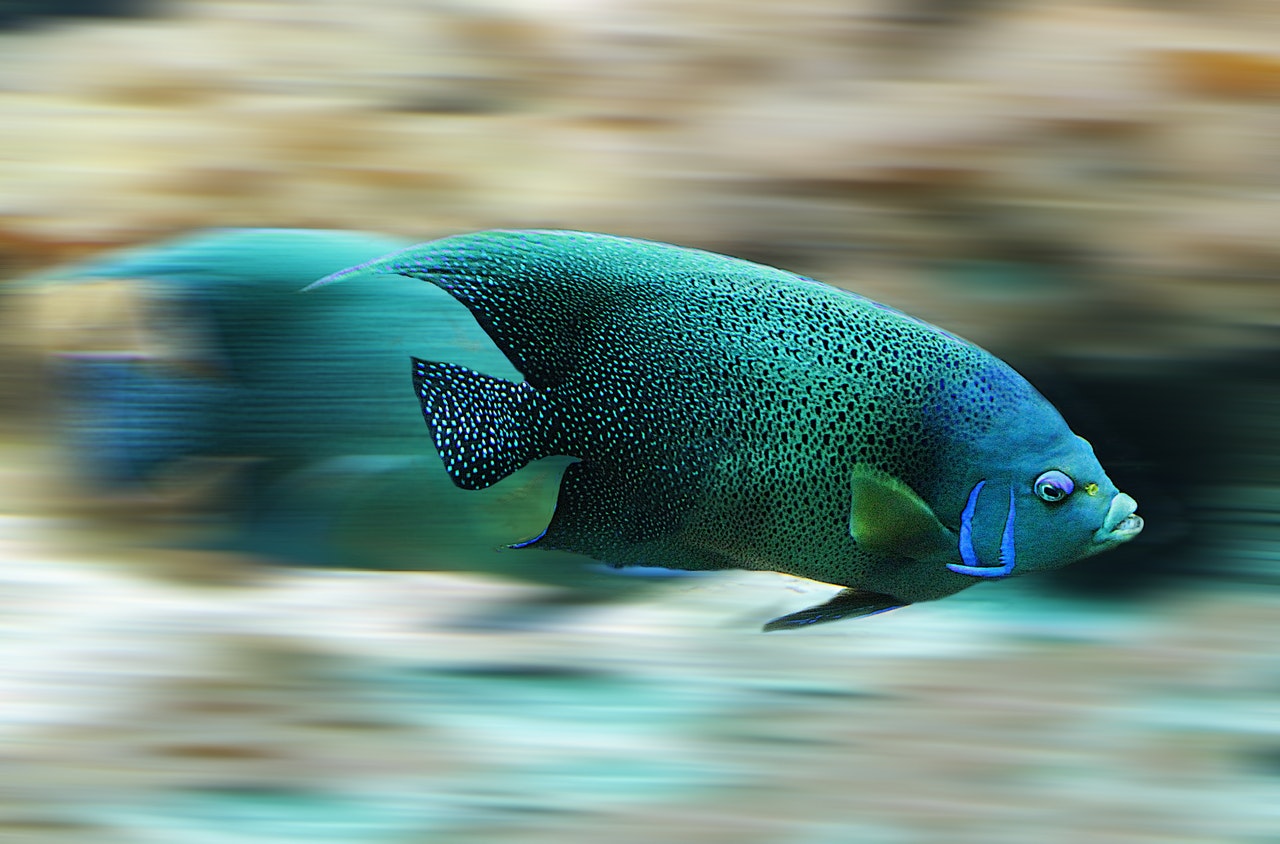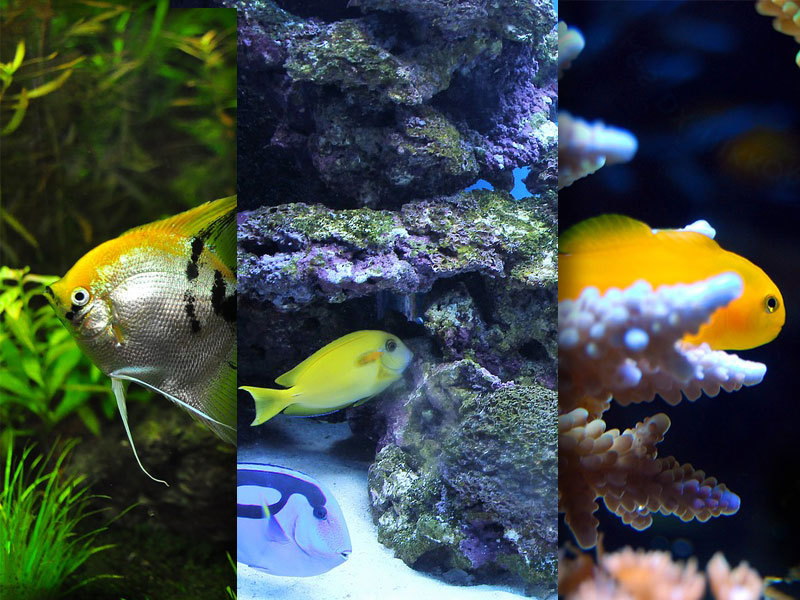If there’s one type of aquarium product there’s literally a ton of, that’s fish food. Arguably, there are more different kinds of fish food out there than there are species of fish! This variety is actually a great thing, because it means you can eventually find a type of food your fish will absolutely love.
But, the inexperienced can get a little overwhelmed when dealing with all these different types of food, so we decided to write a few words on fish feeding basics.
First of all, always err on the side of small frequent feedings rather than large occasional ones. One way to tell is that you should be able to see your fish eating the majority of the food you dispense within 5 minutes of putting the food in the tank; you don’t want random chunks of food floating around 3 hours later.
The reason for this method is that it leaves the tank cleaner. Whenever you put in a ton of fish food at one time, not all of it will get eaten, and detritus will build up in your water, gravel, and mechanicals, resulting in a lower water quality and the need for more frequent aquarium cleanings. Smaller more frequent feedings also mimic how fish eat in their natural environment.
Now on to the fish food. There are two basic categories of fish food: live food and processed food. Unless you are a true aquarium enthusiast with a lot of time and money on your hands, you’ll probably want to steer clear of live food, for one reason: bringing live food (other living fish or plants) into the equation means that you have to start worrying about whether you’re bringing different types of diseases into your tank. It adds a level of complexity most aquarium enthusiasts are not prepared to deal with.
Processed fish food is much more user-friendly, and comes in four general varieties: fresh, frozen, freeze-dried, and canned. Of these, fresh and frozen are the most natural and have the most nutrients. Freeze-dried and canned foods have a much longer shelf live, but lose some of their essential nutrients in the preservation process.
You’ll also see that fish food comes in a lot of different shapes, such as flakes, pellets (floating or sinking), granules, and tablets. Flakes are by far the most common. Pellets, by giving you control over whether the food floats or sinks, will let you account for the feeding habits of different types of fish. Granules and tablets are larger, and tend to be best for bottom feeders.
The best thing to do when it comes to finding the right fish food is to start out with whatever food is recommended by experts for your particular variety of fish. Then, you can occasionally experiment with other food types to see if your fish will like them or not, but you still have the one default food option that you know definitely works.




